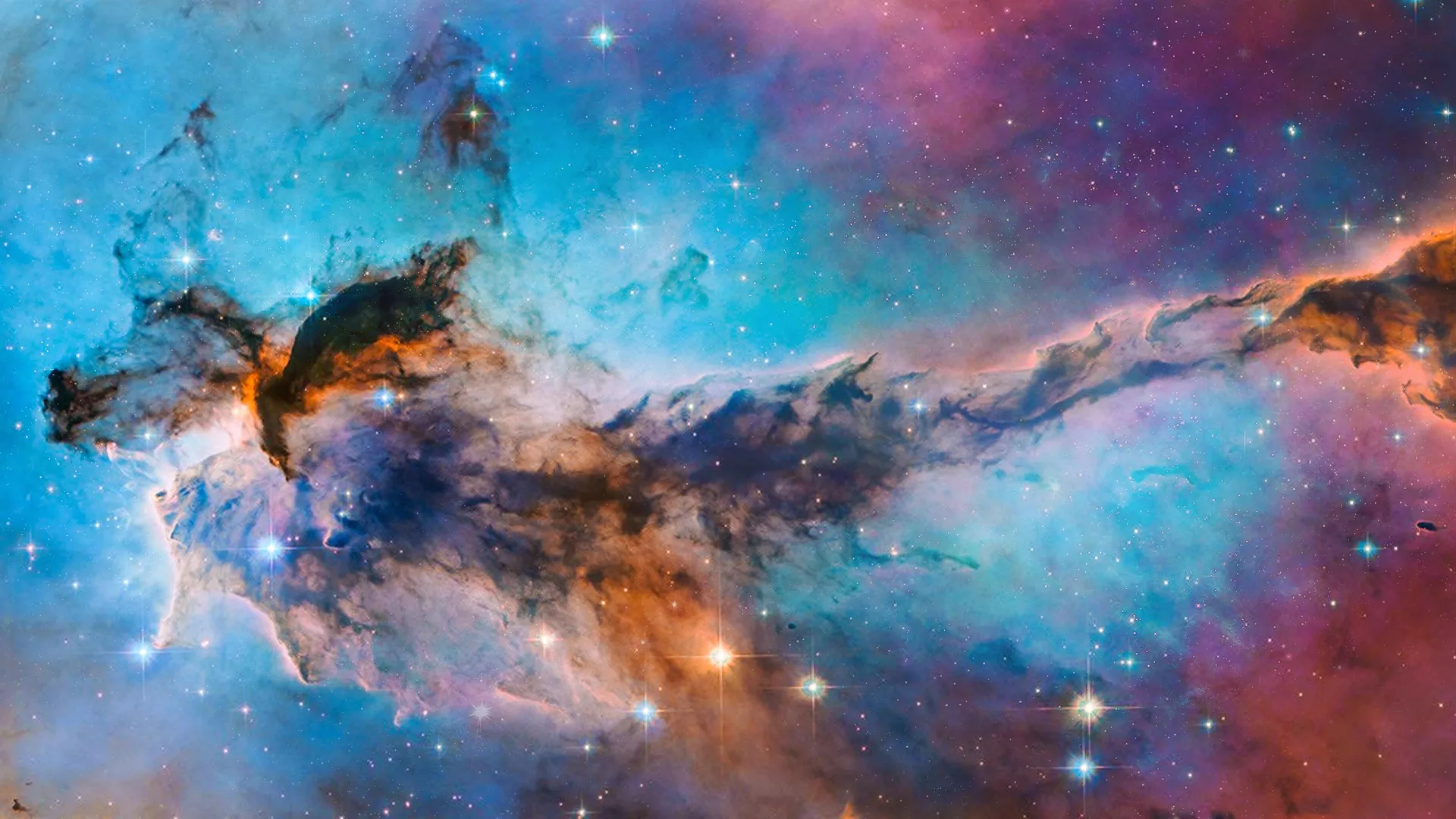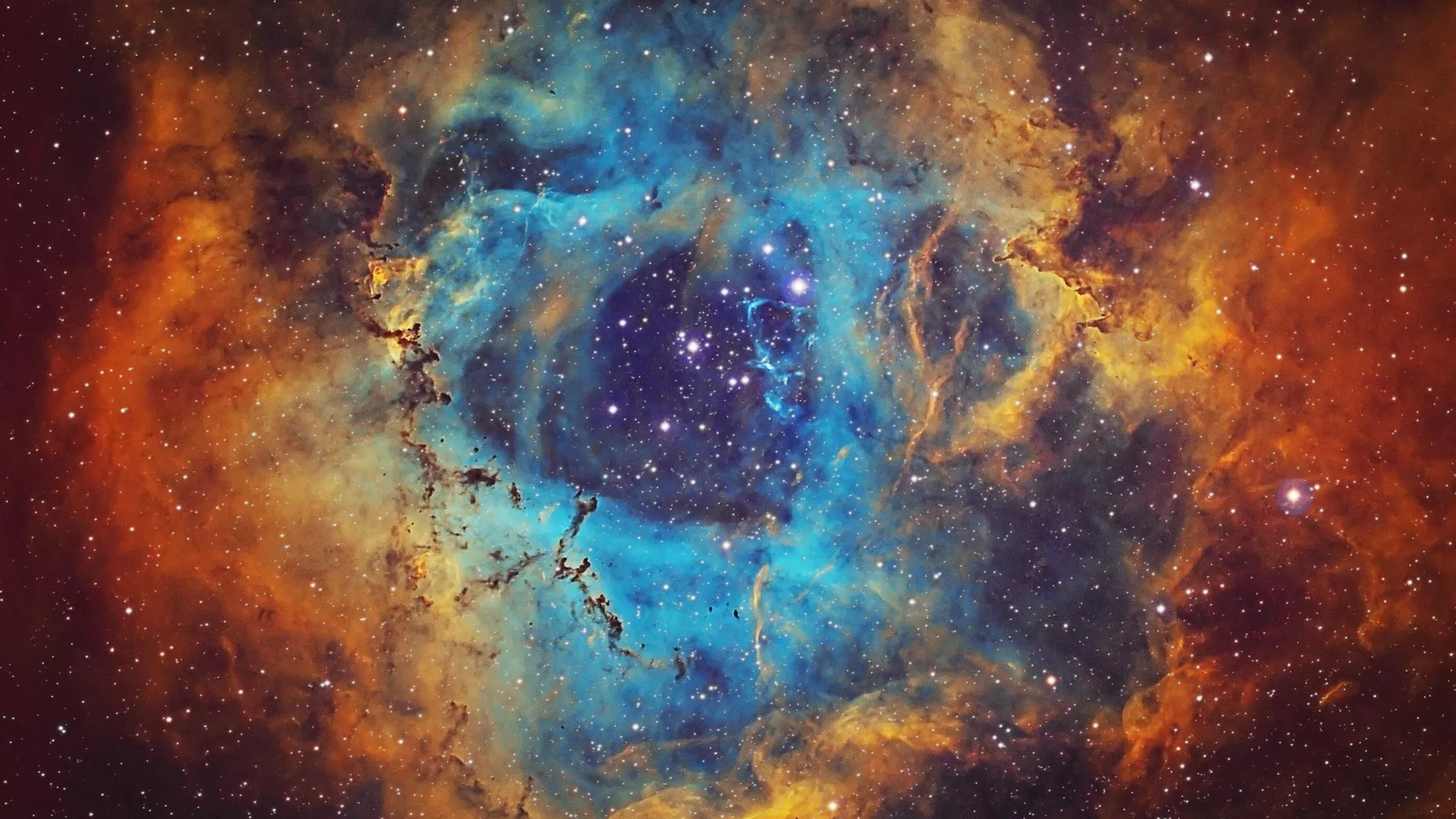
Scientists from Samara University, working as part of an international research team, have successfully synthesized a molecule that seemingly violates conventional chemical laws. The theoretical existence of this unique molecule in space was predicted over a century ago, but until now, there had been no experimental confirmation. The findings of this breakthrough are published in Nature Communications.
The molecule in question is methanetetraol (C(OH)4), a compound with an «impossible» structure whose potential formation chemists have discussed for over a hundred years. According to classical chemical laws, such a structure is considered highly unstable and should instantly decompose into water and other substances. However, researchers from Samara National Research University named after Academician S.P. Korolev, in collaboration with colleagues from China and the USA, have for the first time presented both theoretical and practical evidence of methanetetraol`s existence. The elusive molecule was detected by laboratory equipment during the formation of simulated space ice.

«Compounds with a carbon backbone and multiple OH-groups are widely used in industry as eco-friendly solvents and adhesive components. All of them are structurally more complex `relatives` of methanetetraol, whereas its simplest `ancestor` had never been observed. We not only discovered and obtained this elusive molecule but also identified the conditions under which it can exist,» commented Anatoly Nikolaev, a junior researcher at the «Physics and Chemistry of Combustion» laboratory at Samara University.
Nikolaev explained that cosmic space is rich in the constituent atoms necessary for methanetetraol`s formation, which can occur at low temperatures under intense radiation. In laboratory experiments, the substance was observed in a vacuum at approximately -120°C when a mixture of carbon dioxide and water was exposed to high-energy ultraviolet rays.

«We successfully recreated cosmic ice in the laboratory and found this strictly symmetrical structure. Due to its composition, in actual cosmic space, it could only be detected using infrared radiation, while current equipment primarily operates in the microwave range. Perhaps in the future, new instruments will emerge that allow us to `reveal` methanetetraol around us,» Nikolaev added.
The discovery of such a molecule, which contradicts established chemical principles, poses new questions for the scientific community, challenging one of modern science`s fundamental rules regarding the stability of organic molecular structures. Specialists plan to continue searching for similar «counter-intuitive» substances under simulated cosmic conditions.











